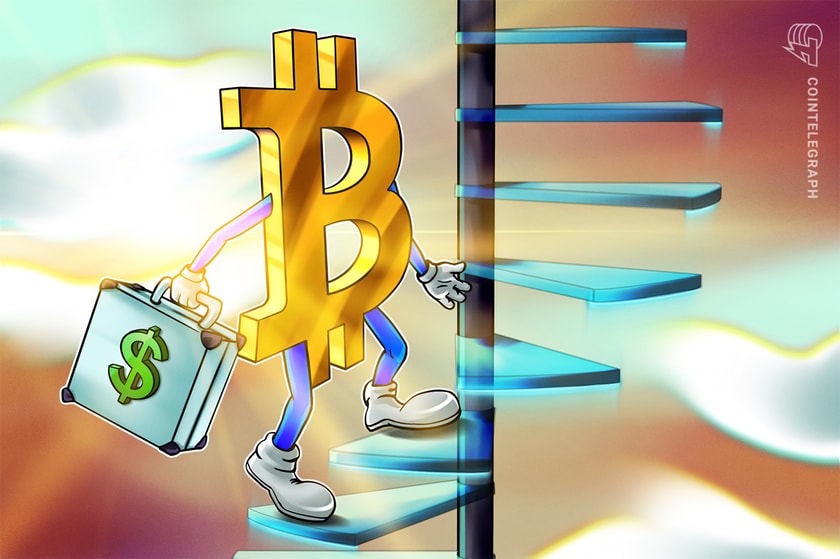Tron opens ‘manual’ withdrawal option for TRX holders on OKEx
The Tron Foundation has taken the decision to provide an “internal transfer” option for TRX holders affected by the OKEx withdrawals freeze.
1993 Total views
18 Total shares

The Tron Foundation has published an update on a decision it took yesterday to enable Tron (TRX) holders to withdraw their tokens from the OKEx cryptocurrency exchange. According to the foundation:
“At present, TRON has helped 16 OKEx users withdraw their TRX, and the TRON Foundation has transferred a total of 9419739.963519 TRX, worth 247268.174 USD according to the CMC price of TRX at the time of press, to the wallet addresses offered by these users at a 1:1 ratio.”
OKEx had frozen all withdrawals on Oct. 16 amid ongoing investigations by law enforcement. Local reporters have alleged that the investigations may be tied to a crackdown by the Chinese government on money laundering.
In response, the Tron Foundation have given their users the option to withdraw the TRX the held on their OKEx accounts on a 1:1 basis. They have explained that users can transfer their tokens by opening the OKEx app and selecting an “internal transfer” option, which provides the option to transfer to a designated Tron-affiliated email account and official cell number.
“We will send the transferred TRX into the TRX mainnet account specified by the user within 12–24 hours. As the withdrawal will be operated manually, there may be a delay in arrival,” the foundation writes. Verification of this transaction will apparently be undertaken by Tron’s customer service.
Tron has said their intention is to protect their users’ assets. The option appears to work as a token 1:1 replacement deal, raising questions as to whether users’ equivalent TRX held on OKEx will be frozen in return further down the line.
Cointelegraph has reached out to OKEx for comment, but did not immediately receive an answer.
In response to Tron Foundation founder Justin Sun’s announcement of the withdrawal process, crypto community members were divided between those who welcomed the emergency intervention and those who expressed concern that the move was “something a centralized bank would do.”








